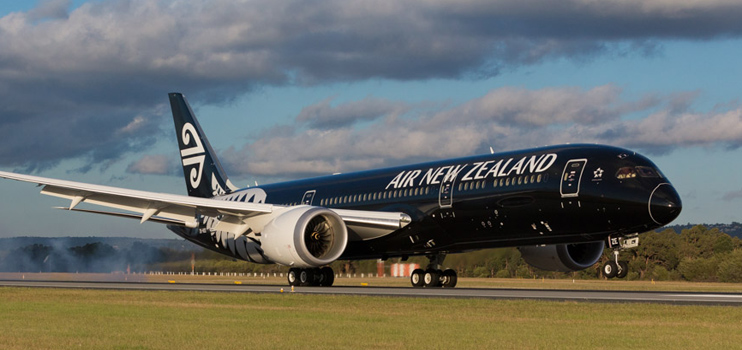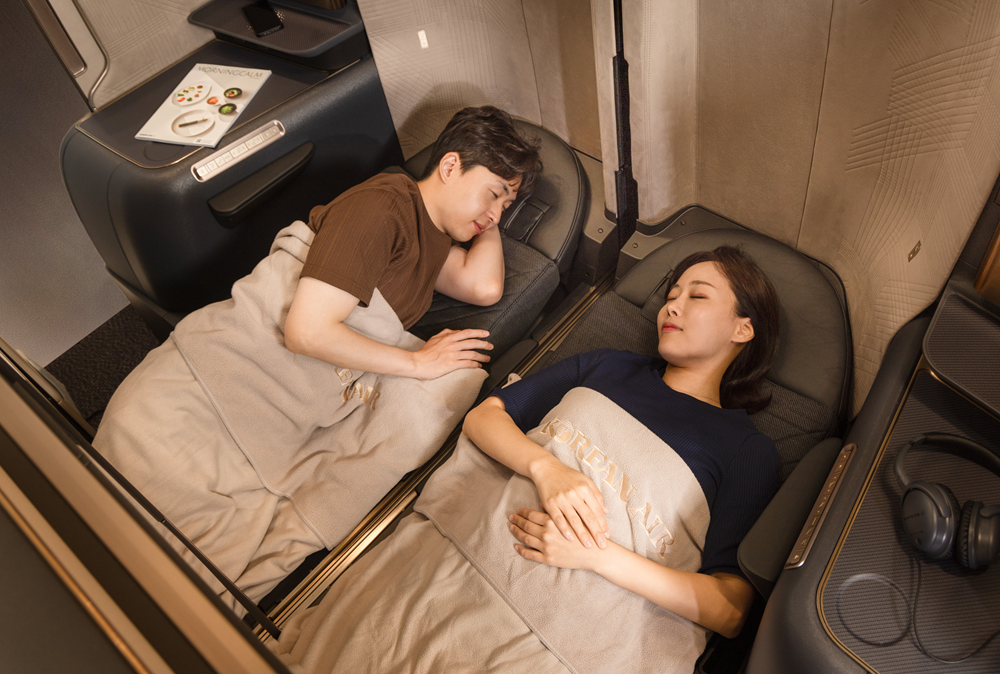EASA orders airlines to 'de-pair' some Rolls-Royce 787 engines
21 December, 2017
3 min read
By joining our newsletter, you agree to our Privacy Policy


Airlines using Rolls-Royce Trent 1000 engines have been told by Europe’s safety regulator to make sure they do not have two engines affected by a corrosion problem on the same plane.
The problem with some Trent 1000s has affected Boeing 787 Dreamliners operated by a number of airlines including All Nippon Airways, British Airways and Air New Zealand.
Air NZ was recently forced to charter aircraft from European carrier Hi Fly over the busiest Christmas period after it was forced to ground three of its 787s because of Trent engine problems and a lack of replacements.
The grounding came after the airline suffered two engine events forcing turn backs where engines shed turbine blades
The European Aviation Safety Agency issued a new emergency directive (AD) on December 22 because of worries both engines on a 787 could suffer an in-flight shutdown.
It is the latest development in a problem made public last year when Japan’s ANA discovered engines blades were corroding more quickly than expected and subsequently uncovered in other airlines.
An analysis of an engine shutdown showed the failure was due to sulphidation corrosion, a problem that occurs in all turbine engines and stems from sulphur compounds in fuel and airborne salts.
Rolls-Royce introduced a program to replace the intermediate pressure turbine blades on certain engines and introduced design revisions. The program also addressed cracking in an IP rotor seal.
It advised airlines to remove from service any engine where a high level of intermediate turbine blade sulphidation exposure was identified.
EASA followed up with an AD requiring the removal from service of affected engines.
But the number of incidents has grown and EASA now requires affected engines be “de-paired” before they reach previously published landing and take-off cycle limits or within 20 flight cycles of its latest AD publication.
“Since that AD was issued, prompted by further occurrences and analyses, it has been decided that, to reduce the risk of dual in-flight shut down, a new cyclic life limit must be applied to certain engines, which determines when an engine can no longer be installed on an aeroplane in combination with certain other engines,’’ the latest directive says.
“For the reason described above, this AD requires de-pairing of the affected engines. This AD is considered an interim action and further AD action may follow.”
Only engines with certain serial numbers are affected but Rolls told an investors conference earlier this year that up to 500 of its power plants were involved.
Not all Boeing 787s use Rolls-Royce engines; many use General Electric’s GEnx power plant and are not affected by the EASA’s AD.
Next Article
2 min read
Qantas triples profit but misses mark

Get the latest news and updates straight to your inbox
No spam, no hassle, no fuss, just airline news direct to you.
By joining our newsletter, you agree to our Privacy Policy
Find us on social media
Comments
No comments yet, be the first to write one.
